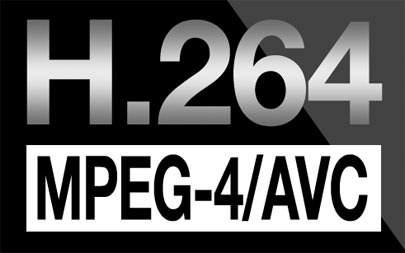
Unlock the power of H.264 video compression! This versatile standard slashes file sizes by up to 80% while preserving image quality, making it ideal for high-resolution surveillance and beyond.
Key Takeaway: H.264 revolutionizes video compression, enabling significant file size reduction without compromising image fidelity. Perfect for bandwidth-constrained applications like surveillance.
Q: What is H.264?
A: H.264, also known as MPEG-4 AVC, is a standard for video encoding that is widely used for recording and compressing videos into manageable files for storage and distribution. It is particularly useful in high-resolution surveillance applications where specific frame rates are required. H.264 can significantly reduce the file size of a video by up to 80% compared to older formats, making it more efficient for storage and transmission. Additionally, H.264 has low latency, which is crucial for live monitoring and directional recording.
The H.264 standard for video encoding is also referred to as MPEG-4 AVC. H.264 was released as an open standard by telecommunications and IT industry organisations. It is often associated with high definition applications, including HD DVD. The H.264 standard is a dominant format for recording video and compressing it into manageable files for storage and distribution. It is useful in higher resolution surveillance applications where specific frame rates are required, such as in the recording of public environments. Cameras with the H.264 video compression format are beneficial in systems with significant network storage and archival requirements. H.264 includes a number of profiles. Even when the same H.264 compression is used, the quality and bit rates of output may differ.
H.264 Video Compression and Security
Using H.264 video compression reduces the file size of a digital video significantly (up to 80%), in comparison to more traditional formats, such as Motion JPEG. This reduction is achieved without sacrifices to image quality. After encoding, video files will occupy less bandwidth and demand less storage. These reduced requirements often lead to savings on commercial surveillance operations. From standard to miniature cameras, surveillance devices are available that offer multiple streams in H.264 to meet quality video requirements.
H.264 Encoder for Video Surveillance Applications
Latency refers to the amount of time needed for encoding, transmitting and decoding a video for display. H.264 has a low latency that is key to live monitoring and directional recording. An H.264 encoder for video surveillance can also be connected to numerous analogue cameras for an integrated, IP-based surveillance system. The encoded files can be generated without compromises to image quality. H.264 encoders for surveillance are available that support both H.264 and Motion JPEG applications.
